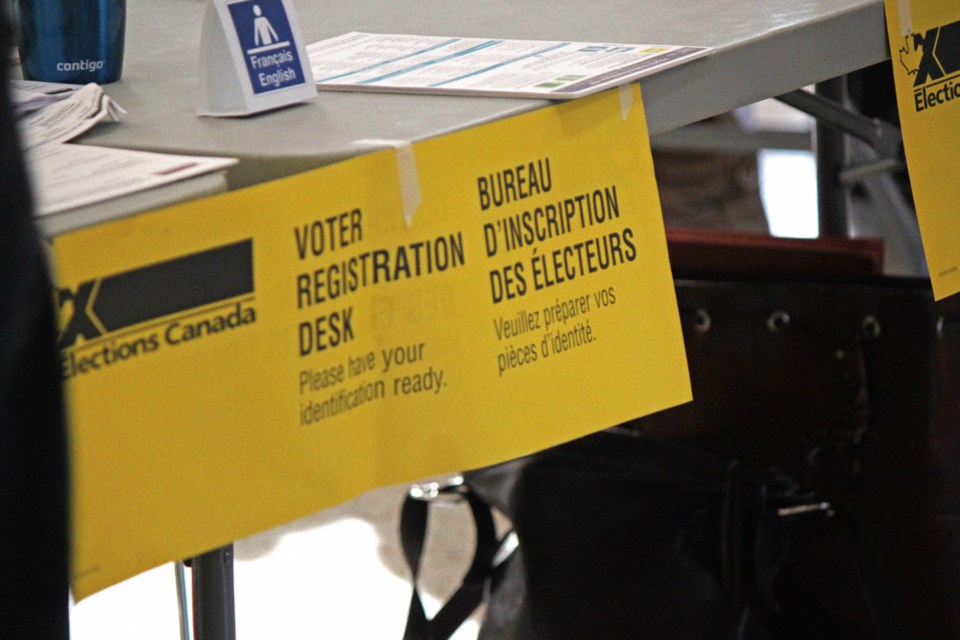THUNDER BAY – As youth eye an uncertain climate and economic future, there’s more reason than ever for them to vote, says Simran Bedi.
An organizer with Future Majority in Thunder Bay, Bedi has helped organize outreach to youth ahead of Monday’s federal election.
She’s hopeful the group’s efforts will help continue a trend of increased youth voter turnout.
An international student hailing from India, Bedi said while may she not be able to vote – at least not yet – she still has a stake in the outcome.
“I’m an international student and I cannot participate in voting, but I still see myself being affected by whatever this country’s politicians have to decide on,” she said “That’s one reason I got involved.”
The group has reached out to local youth through in-person canvassing and online “house parties.”
The COVID-19 pandemic hasn’t made their job any easier.
“It’s definitely been a challenge to get online engagement going,” said Bedi, though some of the virtual events had proven popular.
Nationally, Future Majority – a non-profit, non-partisan group supported by the David Suzuki Foundation and Environmental Defence Canada, quizzed leaders on topics important to youth and made their answers available online.
It’s all so youth can make an “informed and educated decision” and see the importance of their vote, said Bedi.
“I personally feel like whatever party comes into power, it does have an effect on students and the youth population. I wanted to be more educated and help more people to know their rights, why they should be voting.”
She said young people seem interested in this election, with issues like affordability, racial justice, climate change, and an uncertain economic future top of mind.
She said the issue of climate change is resonating more and more as youth begin to see the impacts, like increased forest fire risk, first-hand.
Those 18 to 34 made up around 26 per cent of eligible voters in Thunder Bay as of 2019. While that’s an impressive voting bloc, youth tend to vote in far lower numbers.
That may be changing, if slowly.
Turnout for Canada’s youngest voting demographic, those aged 18 to 24, hit an all-time high of 57 per cent in the 2015 election, an impressive jump from 38.8 per cent in 2011.
The figure dipped to 54 per cent in 2019, though participation by older millennials 25 to 34 kept growing, surpassing 58 per cent.
Youth turnout still lags participation by older Canadians, which topped 79 per cent per cent for those 65 to 74 in 2019.
Politicians may be taking note of the uptick in youth voting: local town halls held by Future Majority have drawn participation from local MPs, MPPs, and municipal leaders.
They can no longer afford to ignore Millennials and Gen Zers, said Bedi, with those groups now making up about 40 per cent of Canada’s population.
She just hopes young people realize their potential to impact the election – and act on it.
“We have the power to actually make a change,” she said. “We cannot do that by sitting at home – we have to put in the effort to actually go do our research, know who we want to vote for and why we want to vote for them, and then make the vote on voting day.”
The group plans to continue canvassing in the lead-up to the election on Monday, hoping to mobilize at least 500 young people to vote.



